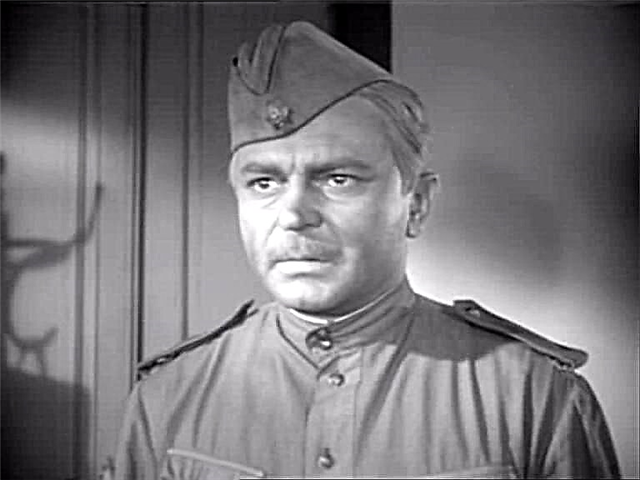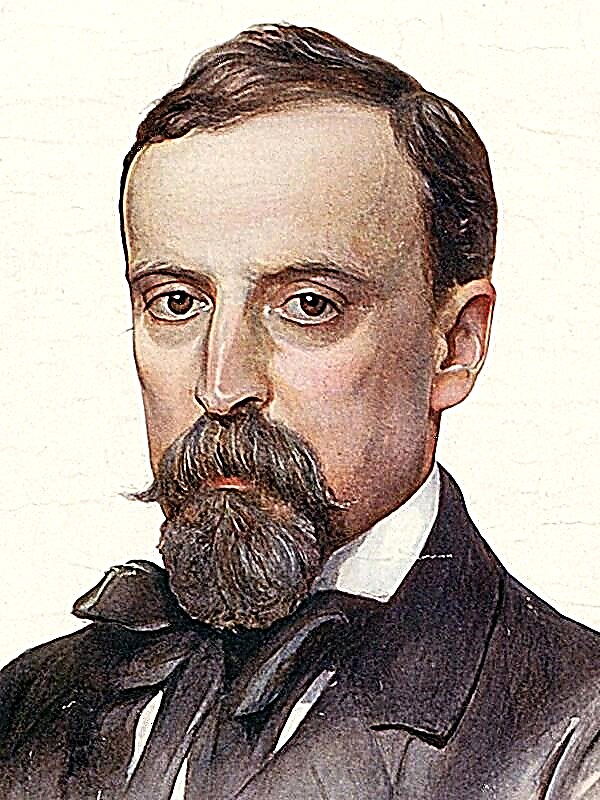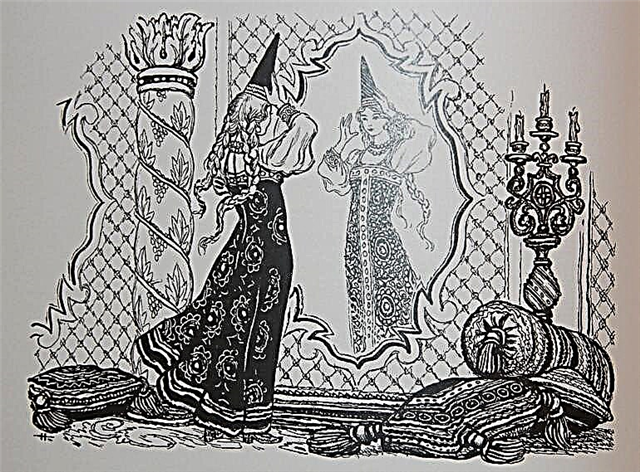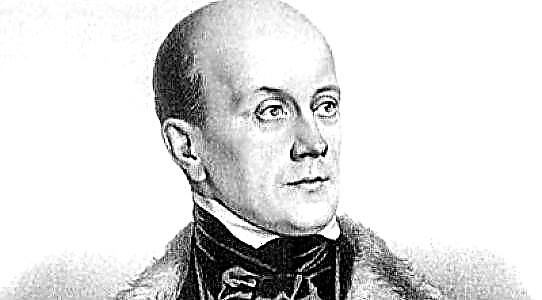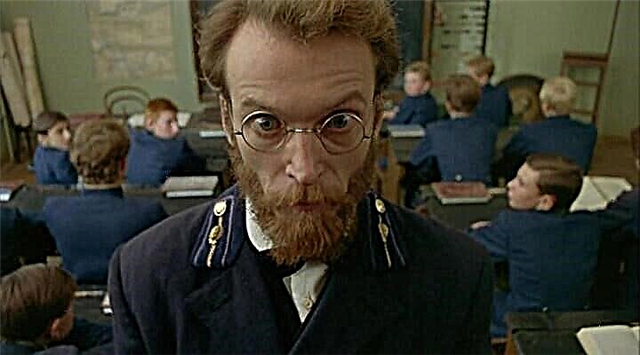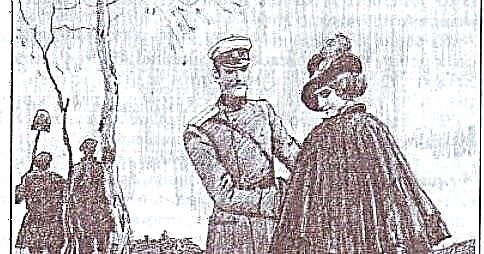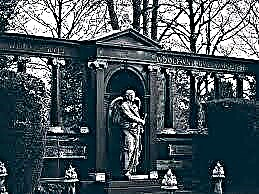The problem of beauty in Leo Tolstoy’s novel “War and Peace” is touched on very capaciously and diversely. But Tolstoy says that appearance is deceiving, only a soul can be truly beautiful, which is not so easy to see under a layer of clothing and cosmetics. But that is not all. The very concept of “beauty” is interpreted by each of us in different ways, each of us sees his beauty in the world around him. Beauty in the eye of the beholder - this thought Tolstoy carries through his entire narrative. In his characteristic manner, he idealizes and exalts his reader, showing how insignificantly ultimately visible against what is existing.
One of the most striking and revealing examples we see in the image of Princess Marya. Nature deprived her of her external beauty: she was painfully thin, she had a heavy tread, inexpressive facial features (except for the eyes). Her outfits are always simple, out of fashion, she does not know how to stay in the company of men. Her character is sad and closed, so the cavaliers do not notice her. The handsome and fashionable Anatole does not notice her, everyone speaks of her as a ugly man whom no one will marry for love, except for wealth and connections.
But the author does not just note Marya’s eyes separately. He describes them with special attention, because it is in them that the key to the true beauty of this girl is. Her eyes are beautiful and radiant, much more attractive than the blasted beauty of dressed-up fashionistas. In the eyes of Marya, her inner beauty is reflected - a kind heart and a noble soul. Her actions speak of her, not her outfits. For many years she endures the character of a greedy and cruel father, but does this not because of an inheritance, but because she still loves him. She helps the people of God and accepts them in her estate, she wants to give all the Lord's bread to the rebellious peasants. She gives herself all to family and children. Mary is a wonderful person, not outside, but inside, and as you know, this beauty is eternal. We see her as a beautiful wife and mother, her radiant eyes always give people light.
We see a very similar example in another family - the Rostovs. Natasha first appears at the ball as a clumsy teenager, Andrei Bolkonsky notes her thin shoulders and big mouth. However, even with these shortcomings, he also says that such an unusual girl will quickly be called to marry. He sees in her something unusual and mysterious, something that distinguishes her favorably from others - the energy of life, the courage which could be seen in the facial expressions and how he moved. The author compares with Natasha the beauty Helen, in whom beauty seems to be marble, inanimate, while Natasha comes from the inside, from the heart. It is evident that it is Natasha who is capable of truly loving and completely surrendering to this feeling.
Just the beauty of Helen Kuraginoy is connected with an example that proves to us that sometimes external beauty does not go hand in hand with external beauty. Helen is beautiful, educated, smart. In society, she is called a socialite. But in reality she is selfish, greedy and cruel. Therefore, one can often notice how the description of her beauty resembles the description of a statue, but not of a living being. Someone else's fate does not bother her; she is fixated on her own beauty and wealth. When she dies, even her husband does not cry for her, but rather relieves.
Concluding the argument, I want to note the main idea of the novel: the external beauty of a person is not something that should be relied heavily on when compiling an opinion about a person. In addition to external beauty, there is more important - internal, it is always necessary to pay attention to it more closely. But this beauty cannot be seen, but only felt with the heart.


